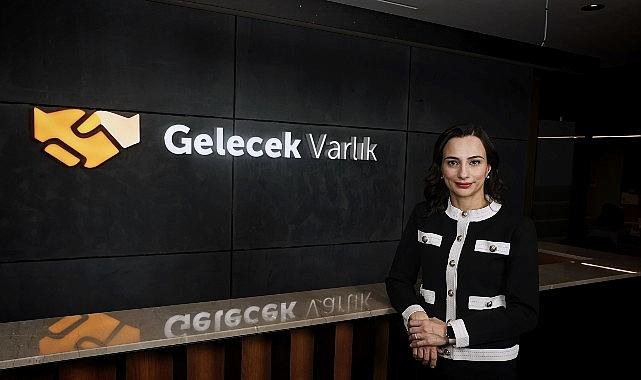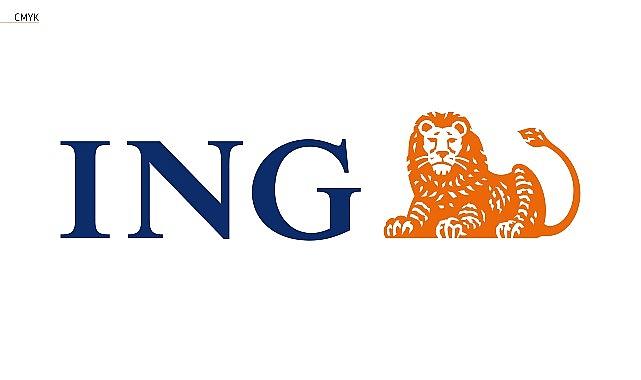Stating that embedded insurance is an innovative model that makes insurance more accessible, faster, and user-focused, Koru Sigorta General Manager Kasım Yılmaz said, “Embedded insurance offers a strategic opportunity in terms of both the growth of the sector and the increase in insurance rates. Embedded insurance is not just a distribution channel innovation, but the future growth engine of the insurance sector.“



Stating that embedded insurance is an innovative model that makes insurance more accessible, faster, and user-focused, Koru Sigorta General Manager Kasım Yılmaz said, “Embedded insurance offers a strategic opportunity in terms of both the growth of the sector and the increase in insurance rates. Embedded insurance is not just a distribution channel innovation, but the future growth engine of the insurance sector.“
Commenting on embedded insurance, Koru Sigorta General Manager Kasım Yılmaz said, “The insurance sector is transcending its traditional boundaries under the influence of technological developments, becoming more accessible, faster, and more user-friendly. The embedded insurance model, which is at the center of this transformation, makes insurance a natural part of a product or service, offering a new value proposition to both the sector and the consumer.
Embedded insurance is a model in which insurance products are intuitively and seamlessly integrated into the purchasing flow of a primary product or service (e-commerce, mobility, financial transactions, etc.), rather than being a separate and independent transaction. As the name suggests, the insurance policy is ‘embedded’ into the customer’s natural digital experience. In this model, the user does not seek out insurance; the insurance product is presented to the user when they need it, in the right context, and with minimal effort. Insurance is no longer a separate sales process, but a complementary and natural part of the user’s purchase.
Embedded insurance is typically offered through digital platforms and is now prevalent in many industries. Examples such as breakage protection insurance when purchasing a phone on e-commerce sites, automatic passenger insurance on transportation platforms, travel insurance offered with ticket purchases on travel portals, and property insurance on rental home platforms demonstrate how widespread this model is.
In the financial sector, applications such as product protection insurance for purchases made with credit cards or screen damage insurance for mobile device purchases are noteworthy. This integration is achieved through API technologies and occurs in the background without disrupting the user experience.
ADVANTAGES OF EMBEDDED INSURANCE
Kasım Yılmaz emphasizes that embedded insurance offers significant advantages for both insurance companies and distribution channels (service/product providers), contributing significantly to the growth and development of the insurance sector. He lists these advantages as follows:
“1. Reducing Customer Acquisition Costs
Customer acquisition costs are high in traditional channels (agents, brokers, direct sales). Embedded insurance reduces customer acquisition costs and organically increases access to the insured by offering insurance products on high-traffic digital platforms and at the point of transaction.
2. Increased Penetration and Growth (Closing the Protection Gap)
Embedded insurance helps close the ‘protection gap’ by reaching large groups of people who traditionally have difficulty accessing insurance or are unaware of their insurance needs. Providing fast and affordable coverage when needed increases the acceptance rates of insurance products and the number of policies.
3. New Distribution Channels and Business Partnerships
Beyond traditional channels, it creates entirely new digital distribution channels for insurance companies, such as e-commerce giants, travel platforms, automotive manufacturers, and fintech applications. These business partnerships translate into new revenue streams and market share growth.
4. Data-Driven Personalization and Risk Management
Thanks to API integrations, the distributor’s customer data and the insurance company’s data are combined, enabling the design of more personalized, risk-appropriate, and micro-insurance products. This offers both accurate pricing and the potential to develop a deeper product range.
BENEFITS FOR THE INSURED
Kasım Yılmaz states that embedded insurance also offers many advantages for the end user: “First of all, it offers hassle-free insurance; the user is insured without having to perform any additional steps. Insurance comes into play along with the product or service and provides immediate protection. Thanks to bulk agreements, more economical policies can be offered, while the user conducts transactions knowing they are protected against risks. This reinforces the feeling of security.”
GLOBAL TRENDS AND POTENTIAL IN TURKEY
Noting that embedded insurance is rapidly spreading, particularly in the US, Europe, and Asia, Kasım Yılmaz said, “Platforms such as Revolut, Klarna, and Amazon offer their users additional protection with embedded insurance solutions, while InsurTech startups are bringing dynamism to the sector by developing innovative solutions in this area. Thanks to artificial intelligence and big data analytics, it is becoming possible to personalize embedded insurance and perform risk analysis more effectively. The embedded insurance market is expected to exceed $100 billion by 2025.
This model also has significant potential in Turkey. Integrations through digital banking, e-commerce, and mobile applications are increasing; the insurance sector is beginning to adapt to this transformation. Embedded insurance will be the future of insurance, especially for young and digital users,” he stated.
‘A STRATEGIC OPPORTUNITY FOR THE SECTOR’S GROWTH’
Emphasizing that embedded insurance is an innovative model that makes insurance more accessible, faster, and user-focused, Kasım Yılmaz said, “It presents a strategic opportunity in terms of both the sector’s growth and the increase in insurance rates. Embedded insurance is not just a distribution channel innovation; it is the future growth engine of the insurance sector. It is vital for the Turkish insurance sector to quickly embrace this trend and strengthen its digital ecosystem with new business partnerships for sustainable growth.”


























Sigortahaber.com, sigorta sektöründeki en güncel haberleri, analizleri ve gelişmeleri tarafsız bir bakış açısıyla sunan bağımsız bir haber platformudur. Sigorta profesyonellerine, acentelere ve sektöre ilgi duyan herkese doğru, hızlı ve güvenilir bilgi sağlamayı amaçlıyoruz. Sigortacılıktaki yenilikleri, mevzuat değişikliklerini ve sektör trendlerini yakından takip ederek, okuyucularımıza kapsamlı bir bilgi kaynağı sunuyoruz.
Yorum Yap